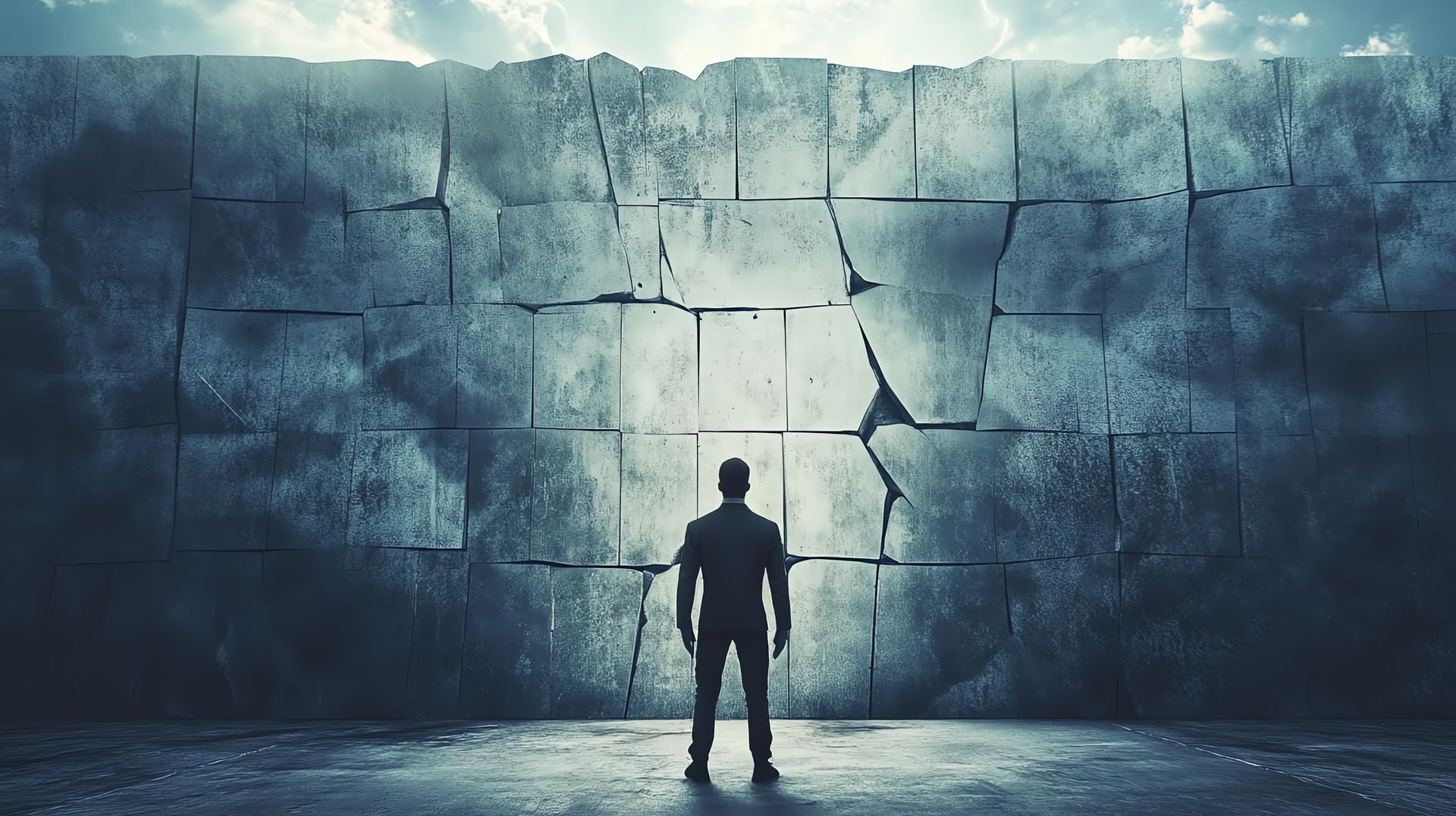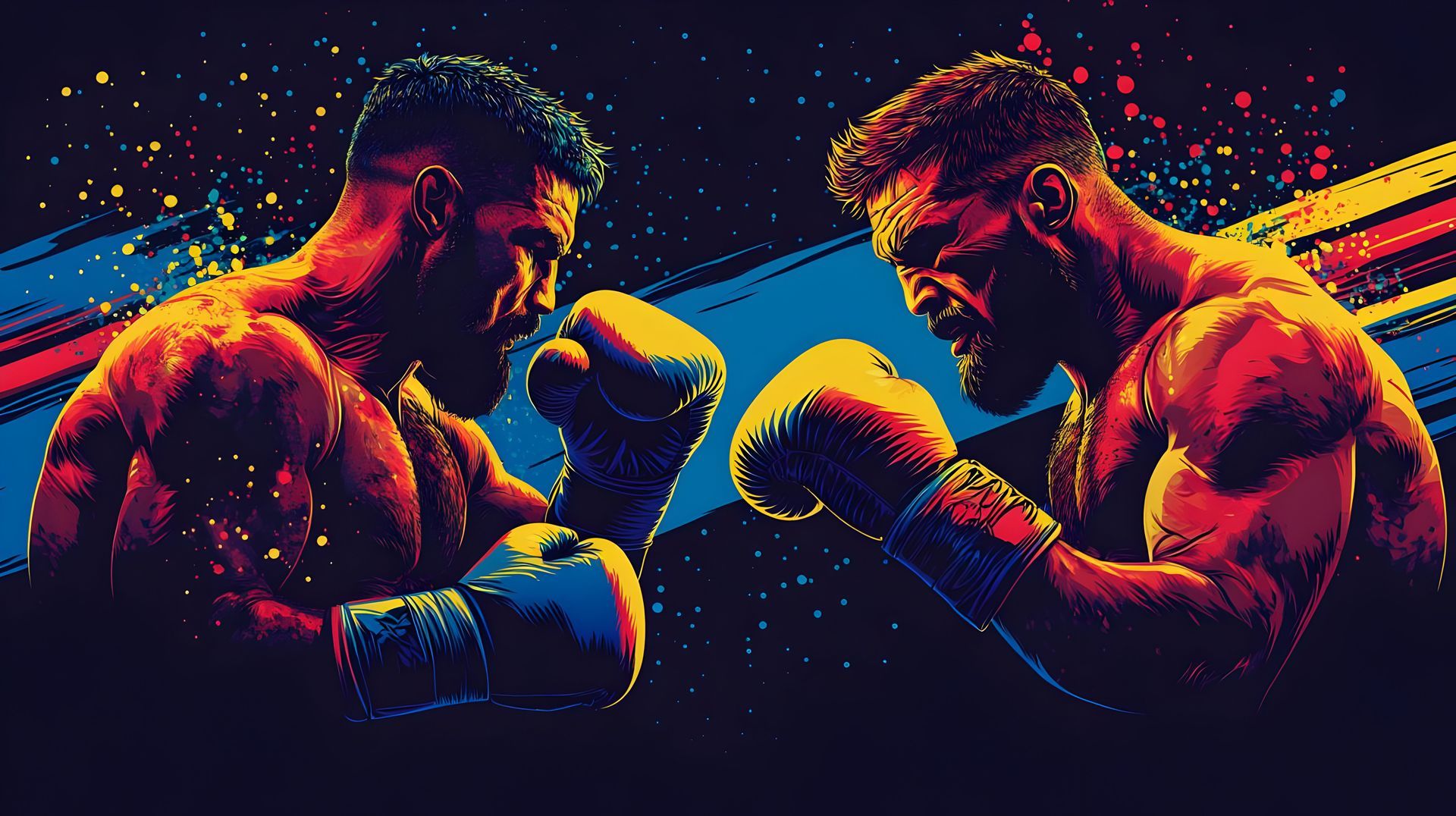P U B L I C A T I O N S
What Can a $4.3 Billion Pricing Blunder Teach You About Selling Smarter?
Beyond the math: decoding the hidden biases that make or break your pricing strategy.
When most entrepreneurs think about pricing, they imagine math problems: cost, margin, markup. But your customers don’t do math when they decide — they do psychology. In the video, we explored a $4.3 billion mistake made by a company that thought transparency would equal trust. Instead, it triggered confusion, suspicion, and backlash. The numbers weren’t wrong. The human brain was.
This companion article to the Lemonade Maker® LIVE YouTube video below digs deeper into why — uncovering the biases and fallacies that secretly shape how people perceive value, fairness, and quality. Once you understand these, you stop “guessing” your price and start engineering it.
1. The Fairness Fallacy: Why Transparency Backfires
Humans have an inborn sense of fairness — but it’s emotionally driven, not rational. When a company reveals its cost structure and profit margins, customers don’t think, “Oh, that’s fair!” They think, “Wait… why are they charging me that much more than it costs?”
Even if the markup is industry standard, the moment you expose the inner workings, you invite people’s moral calculator to start whirring. They anchor to your cost rather than your value. This is called the Transparency Paradox — the more you try to prove honesty through openness, the more people assume there’s something to distrust.
✅ Strategic takeaway: Be transparent about outcomes, not costs. Customers will happily pay $10,000 for a mastermind that changes their life, but they’ll resent $5,000 if they think it’s based on hourly math.
2. Anchoring Bias: The First Number Wins
Anchoring bias is one of the most powerful cognitive shortcuts in pricing psychology. Whatever number someone sees first becomes their subconscious “reference point.” That’s why a $1,997 offer feels like a deal when shown after a $10,000 coaching package — but expensive when shown after a $297 course. This is why luxury brands always lead with the highest-end item. They’re not expecting you to buy the $25,000 watch; they’re conditioning your brain to believe that $5,000 is reasonable.
✅ Strategic takeaway: Don’t just price your offers — sequence them. Show your premium option first. The human brain doesn’t evaluate prices absolutely, it evaluates them relatively.
3. The “Pain of Paying” Bias
Every transaction activates the same neural pathways as physical pain. When customers hand over money, their brains literally say “ouch.” The bigger the purchase, the sharper the sting — unless you cushion it with meaning. When you shift focus from price to purpose, you reduce the pain of paying. That’s why nonprofit donors give more when they’re told a specific story (“This $50 feeds a child for a week”) instead of vague impact statements. In business, the same rule applies: attach a tangible, emotional outcome to every dollar.
✅ Strategic takeaway: Don’t describe your price — justify the transformation. Tell a story that makes the payment feel purposeful.
4. The Scarcity Bias: Why Abundance Can Kill Urgency
Scarcity doesn’t just create FOMO — it activates survival instinct. When something feels limited, our primitive brain prioritizes it. But here’s the mistake many entrepreneurs make: they try to appear too available, thinking that abundance equals generosity. Instead, it triggers the opposite reaction — “If this is always available, it must not be that valuable.” The company in the video failed partly because they treated access like a commodity. They made their pricing public, open, and continuous. Customers stopped chasing and started comparing.
✅ Strategic takeaway: Controlled scarcity increases perceived value. Limit seats, access, or bonuses — but make the limitation feel authentic (time, capacity, expertise, or seasonality).
5. The Loss Aversion Bias: Why Discounts Don’t Always Work
People are twice as motivated to avoid loss as they are to gain reward. That’s why free trials and “money-back guarantees” are powerful — they minimize perceived risk. However, too many entrepreneurs misuse this bias. They slash prices thinking it will trigger action, but all it does is reset the value anchor downward. The customer’s brain now links the product to a “discount” experience — and any future price feels like a loss.
✅ Strategic takeaway: Instead of discounts, frame offers as avoiding loss of opportunity. “Don’t miss your chance to join this cohort” performs better than “Save 30% if you act now.”
6. The Effort Justification Bias: The Harder It Is to Get, the More It’s Worth
Psychology experiments show that people value something more if they had to work for it. It’s the same reason Harvard degrees, exclusive masterminds, and invite-only memberships carry prestige — effort and selectivity signal importance. The billion-dollar blunder from the video failed partly because it removed mystery and challenge. Customers didn’t have to earn, qualify, or commit — they could just compare.
✅ Strategic takeaway: Don’t make your offers too frictionless. Add an element of earned access. A simple application or pre-call quiz signals seriousness and boosts perceived value.
7. The Paradox of Choice: When More Options Kill Conversion
One of the most counterintuitive findings in behavioral economics is that more choice equals fewer decisions. When customers face too many pricing options, their cognitive load spikes. Instead of choosing, they freeze or delay. Think of the last time you scrolled through 50 streaming options and ended up watching nothing. Same effect.
✅ Strategic takeaway: Use a three-tier pricing structure:
- Premium (anchor)
- Core (target)
- Entry (for lead capture)
Three gives psychological comfort. More than that creates confusion.
8. The Halo Effect: How Perception of One Thing Affects All Things
If your branding, storytelling, and delivery look premium, your pricing will feel fair — even if it’s high. Conversely, if your design, communication, or confidence appear weak, even a low price will seem steep. The Halo Effect is why entrepreneurs must obsess over presentation. Every pixel, phrase, and posture signals value subconsciously.
✅ Strategic takeaway: Never separate pricing strategy from brand perception strategy. Your price should feel inevitable, not arguable.
The Next-Level Truth
The psychology of pricing isn’t about manipulation — it’s about understanding the human operating system. People don’t buy based on math; they buy based on meaning, emotion, and narrative. The $4.3 billion pricing blunder happened because a brand trusted data but ignored bias. You can do the opposite: design pricing that aligns with how humans actually think. That’s not deception. It’s empathy at scale. Because when you master the biases that drive perception, you stop discounting your worth — and start pricing your impact.

ABOUT THE AUTHOR
Thomas Minieri is the author of the cult-classic book Lemonade Maker. A self-made entrepreneur, innovation strategist, and digital marketing expert, he founded Lemonade Maker® Strategies— a modern business community designed to help entrepreneurs thrive in today’s age of technology and disruption.
With over two decades of experience, Thomas has built multiple 7- and 8-figure companies across franchising, digital strategy, real estate, event production, and innovation consulting—entirely without outside capital or debt. His work has been featured in Forbes, Entrepreneur, Fast Company, and more.
Known for his fearless creativity, culture-driven leadership, and tech-forward approach, Thomas has helped thousands of founders bring clarity to chaos and break the status quo to build something unforgettable.

















